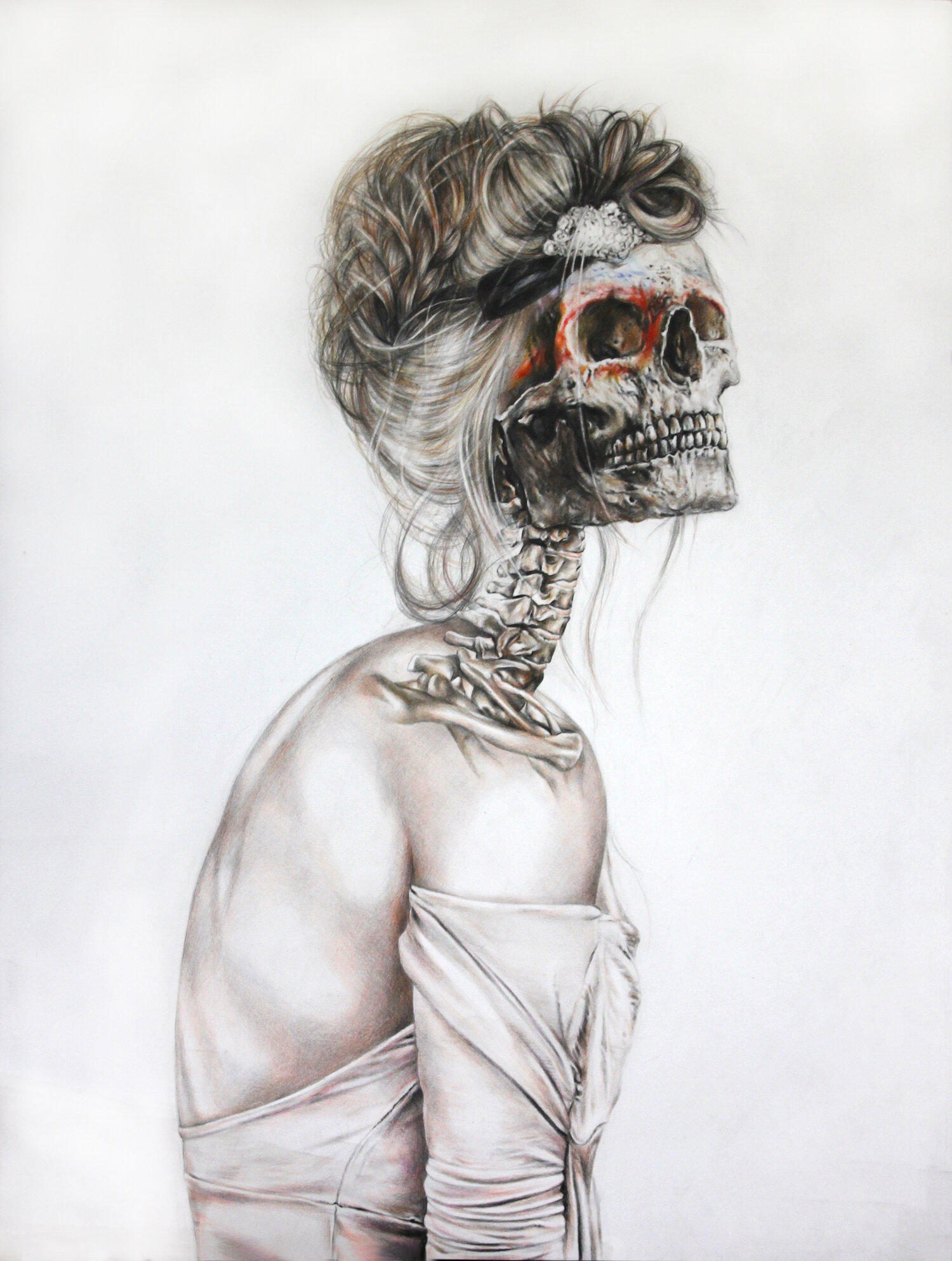Narrative Medicine is about creating connections: finding words, ideas or stories that bridge the gap between patients and health professionals. This search for common ground is beautifully rendered in Carol Scott-Conner’s short story “Christmas Rose” (Spring 2017 Intima). Her fictional narrative reveals how mutual understanding can emerge in unexpected places. An encounter between the resolute, inscrutable Mrs. Helversen and her oncologist shows that the relationship between a physician and patient can flourish when the physician pays attention to the intimate, personal details of a patient’s story.
Initially, the clinical encounter in “Christmas Rose” seems unpromising, hampered by reticence and disagreement. Mrs. Helversen, who has a neglected tumor on her breast, has been “strong-armed” into a cancer clinic by her concerned daughter, and she is not receptive to the prospect of treatment. Scott-Conner, a Professor Emeritus of Surgery at the University of Iowa Carver College of Medicine, switches the first-person narrative from Mrs. Helversen to her oncologist, allowing the reader to inhabit two alternative perspectives on the same meeting and reminding us that the same interaction can be interpreted very differently.
When I wrote an academic article that appears in the Spring 2021 Intima proposing that patients’ perspectives should be included in “cinemeducation,” these differences in interpretation were central to my argument. Showing clips from films to encourage medical students to relate to a fictional patient is an excellent idea. Yet listening to how patients respond to these clips can enrich this pedagogical method. As I demonstrate through the qualitative research presented in my article, patients “see things differently.” The same fictional scene featuring a patient-doctor interaction can draw responses from patients that surprise and challenge healthcare professionals. So, why not use such scenes as a space in which different perspectives can be expressed and discussed, bringing patients and providers together through the audio-visual medium?
In “Christmas Rose,” it is a rock that facilitates this meeting of minds. While the oncologist is surprised when Mrs. Helversen describes her tumor as a “rose,” betraying a complex emotional attachment to the growth, she finds a way to react empathetically and imaginatively to Mrs. Helversen’s unusual behavior. Offering the elderly patient a desert rose rock in exchange for her tumorous “rose,” the oncologist persuades Mrs. Helversen to accept treatment. This fictional oncologist shows an adaptability and ingenuity that the health professionals involved in my research also exhibited. In my article, I describe how health professionals engaged constructively with patient’s unique or unexpected responses to imagined patient-doctor interactions in films. Listening to both sides and hearing alternative perspectives on the same encounter can yield important, enlightening insights, whether one is participating in a focus group, watching film clips or doing a close reading of a short story such as “Christmas Rose.”




